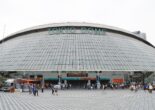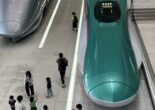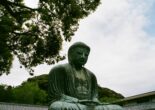It is probably the only train station in Japan to be named after a brewery. But Ebisu station is an enduring testament to the love of the people in Tokyo for their special beer. And the god of luck and fisheries. Read on to find out why.
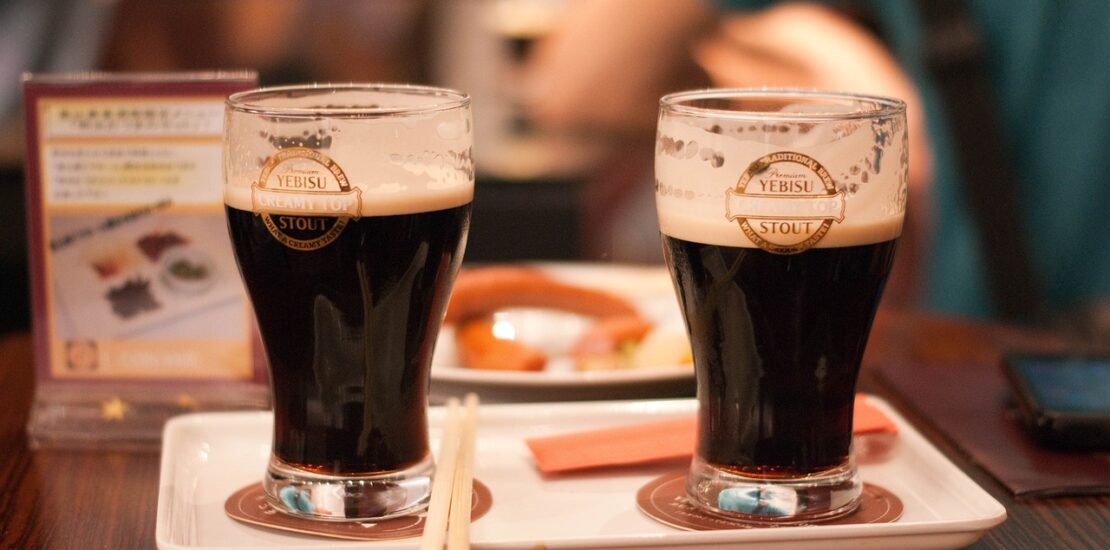
When Japan modernized and strove to catch up with the West, the result was not only changes in dress, music, and sports. The Western habits of drinking were also embraced by the Japanese, and one drink in particular: Beer.
Beer quickly became popular in Japan after the Meiji Restoration. The raw materials were easily available from the newly opened fields of Hokkaido, and breweries sprang up everywhere. But the biggest brewery in Japan was serving Tokyo. And the products were immensely popular. They were available in the smallest of restaurants, and the Yebisu brand became synonymous with beer in Tokyo.
Beer-Named Station
The brewery producing Yebisu beer was so iconic that it gave its name to the entire neighborhood. Ebisu is an alternative spelling of Yebisu, and also the name of the god of fisheries and luck, which is why he is usually depicted with a fishing pole (often catching a fish). There is a shrine to the deity to the west of the station, which has been in operation since around 100 AD.
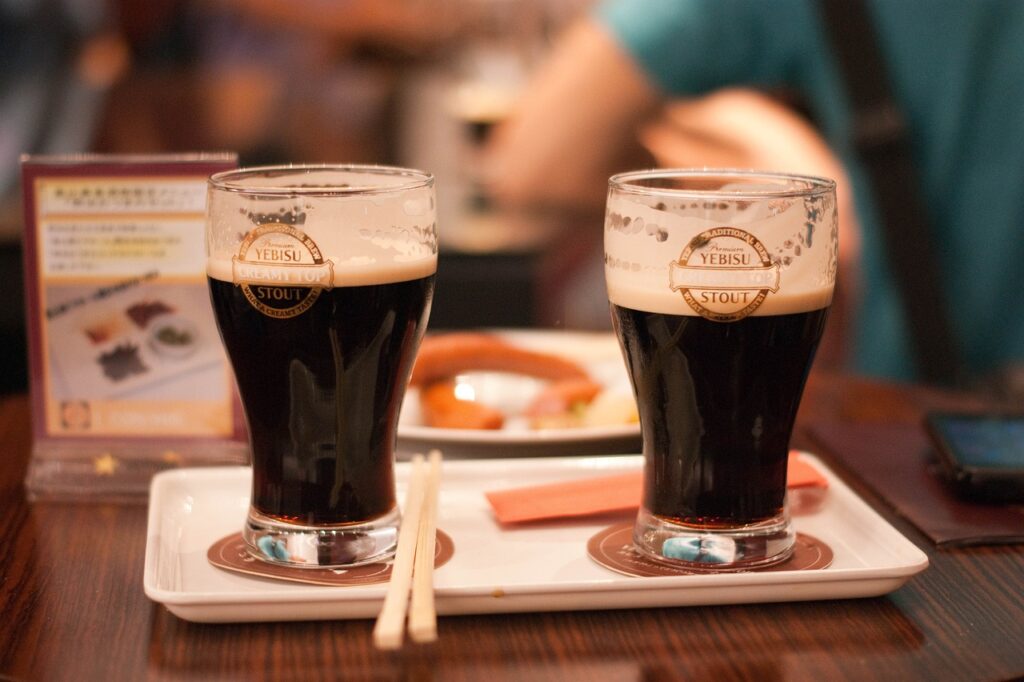
The station is not a mega-station like Shinjuku or Ikebukuro, but it is not one of the smallest on the Yamanote line either. The shopping center between the Hibuya subway line and the station proper is impressively large but could be cut out with a die from any of the other station shopping centers anywhere in Tokyo. More interesting are the murals at the station entrance, combining Showa and modern imagery.
Showa Building District
Continue to the east for a few hundred meters, and you come to one of the temples that dot Tokyo, with an ancient graveyard and sazen instruction by the monks. The Shounji temple was founded by the lord of what today is Fukuoka in Kyushu when Tokugawa Ieyasu allocated land around Edo for the daimyo and their families (kept as hostages in Edo for the good behavior of the daimyo).
If you continue a little from the temple towards Hiro-o, you pass through a district of Showa-era buildings, which escaped the bombings during the Second World War. Most of them have been lovingly preserved, and house design and quirky little shops and cafes, bring the visitor back to a different age in the history of Tokyo, one that you almost always otherwise get to experience only in movies.
Ebisu And Yebisu
Ebisu station itself is full of Ebisu images. The jolly fisherman, who evidently has been lucky when depicted here, is everywhere in the station building. And so is advertising for Yebisu beer, often using more or less the same images to promote the products from the brewery. While the location of the old brewery, a few hundred meters to the south of the station, has been turned into Yebisu Garden Place, with office and shopping complexes, the Sapporo Beer Museum is located on the premises, together with a newly opened microbrewery producing premium Yebisu beer. The number and type of beers available will vary depending on what batches the brewers have finished up, but they always provide a different take on the Yebisu beers, typically with an even more silky smooth finish.
Why Sapporo Makes Yebisu
The reason the museum, which is also well worth a visit, is named after the Sapporo rather than Yebisu Brewery is because the Sapporo Brewery acquired Yebisu before the Second World War. The Yebisu beer you can buy in the supermarkets is made in one of the huge Sapporo breweries.
The Yebisu Museum not only gives a great introduction to the production process, it also has memorabilia galore. If you are looking for show-era beer advertising, you can not miss this museum. And as icing on the cake, there is a beer tasting.
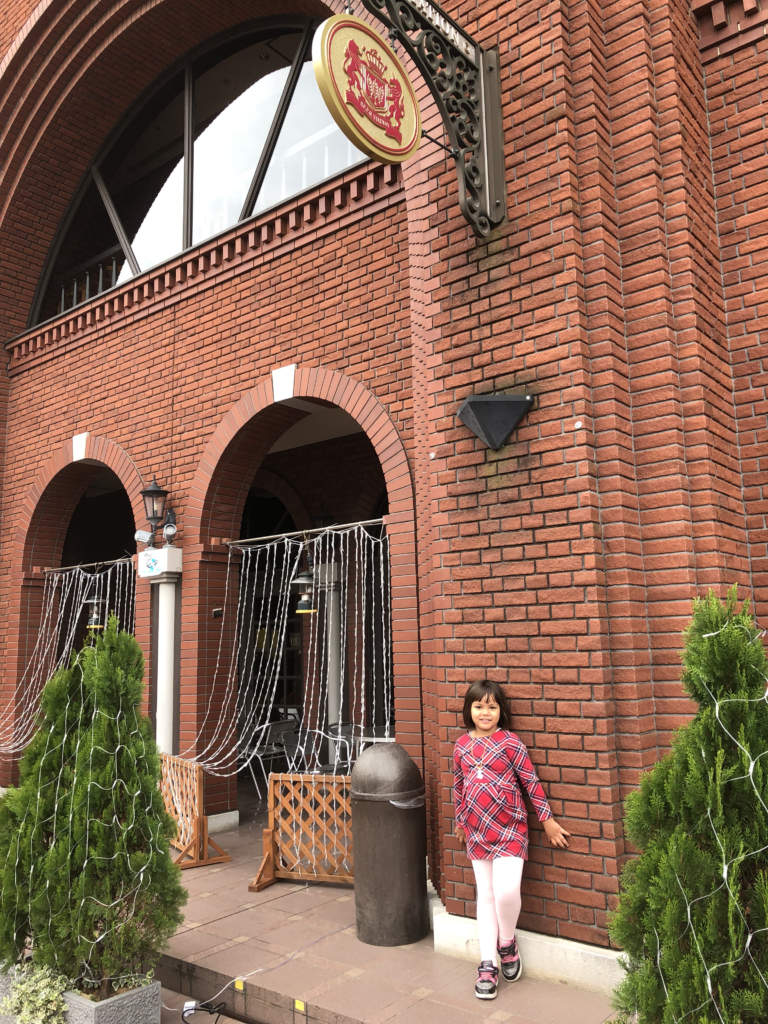
Today, the Sapporo group headquarters are located in the tall office building behind the old-style brick buildings. Even if you do not have business with them or plan to dine in one of the posh restaurants, the top floors are worth a visit. Especially at night. The view is one of the best in Tokyo and from a completely different angle than that of other high-rises with observation decks, like Shibuya Sky.
Photographic Art Museum
The shopping center on the spot of the old brewery, with the sunken event stage, maybe more upscale than most tourists are interested in. Unless you are staying in the Westin Hotel, you may want to forego the pleasures of the Joel Robuchon restaurant, a small French chateau at the end of the entertainment space.
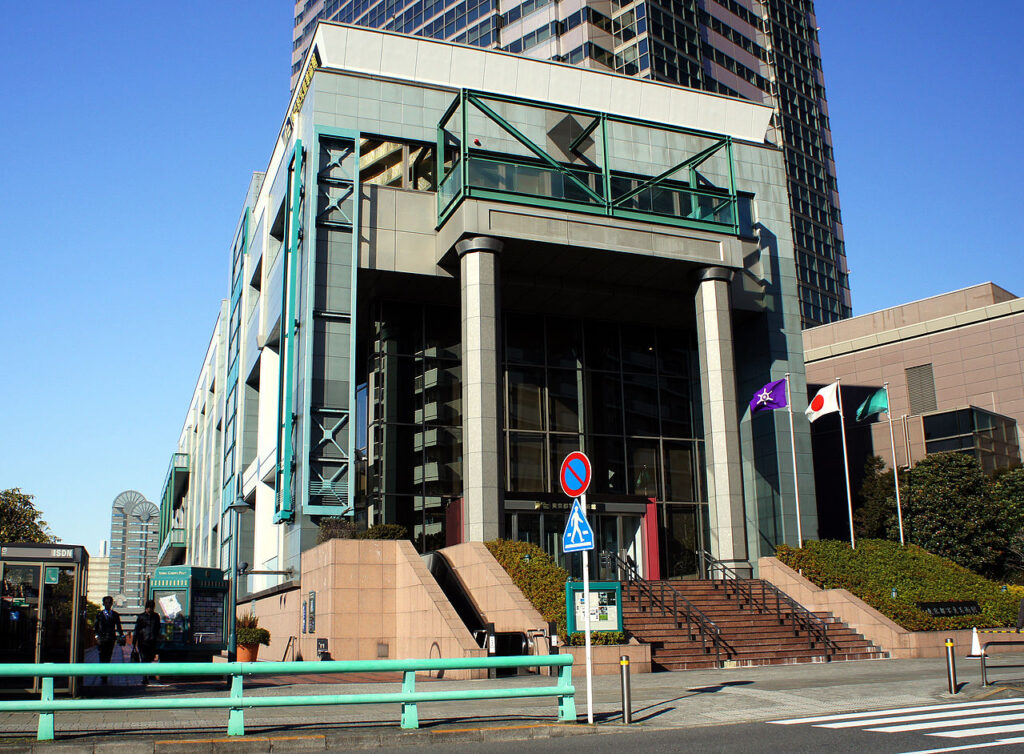
But there are cultural, not just culinary, pleasures to be had in Yebisu Garden Place. At the south end of the area is the Tokyo Photographic Art Museum, a museum showcasing not just photography as a form of documentation, but bringing the visual expression beyond the image in the viewfinder. The museum has an extensive collection not just of Japanese historic and contemporary photography, but also of international photography, allowing for exhibitions that form interesting juxtapositions of images.
Walk a few blocks south along the railway, through the quietly upscale neighborhood. You can tell by the many French patisseries and upscale restaurants that this is not a working-class neighborhood, this area is home to the wealthy upper middle class of Tokyo.
Villa Ruins And Art Deco Museum
After continuing south — and crossing the highway — you will arrive at the botanical gardens of the Institute For Nature Study. This is not an orderly planted botanical garden with different varieties of plants in neat rows. Rather, it feels like a nature preserve in the forest somewhere, where the plants have been allowed to grow wild. The place is famous for its pines and ruins. Actual ruins, because this was part of the imperial parks before the Second World War.
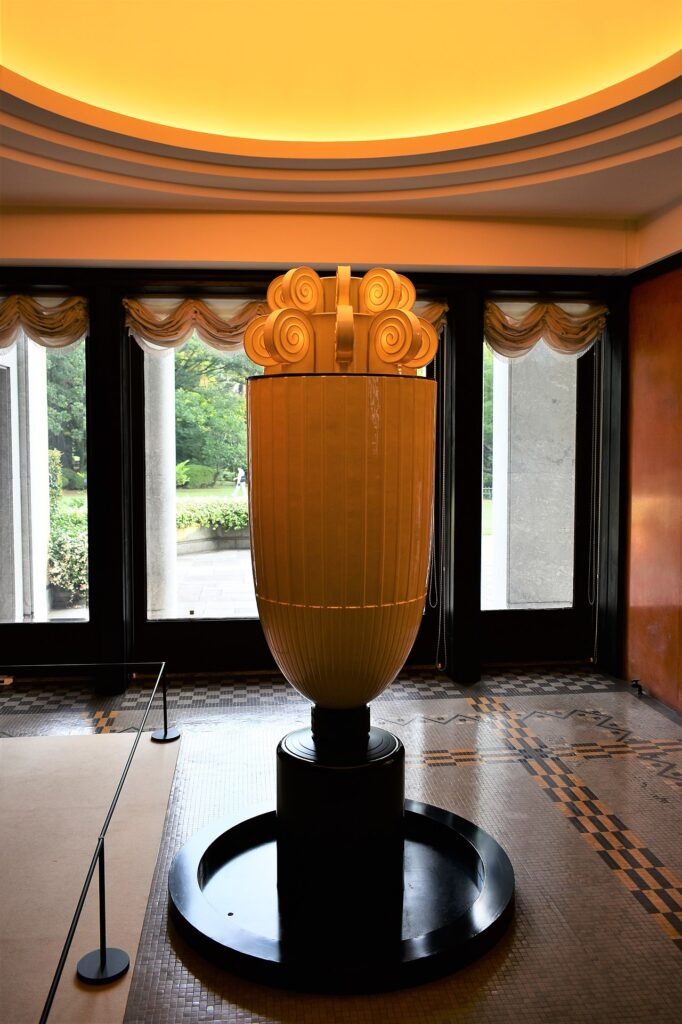
At the south end of the park, the splendid palace of Prince Akasaka, probably one of the best Jugend (or art deco) palaces in Japan, is splendidly designed and now an art museum, the Tokyo Teien Art Museum, featuring rotating exhibitions. The gardens around the palace also feature a traditional tea house, designed by a tea master at the beginning of the century. Unfortunately only part of it is open to the public.
Stay tuned for more exciting content like this! Follow us on our social media platforms and check out our blog regularly to stay updated on the latest news, trends, and insider stories from Japan. Don’t miss out on future updates—sign up for our newsletter for exclusive content delivered straight to your inbox!
Related Articles
Warning: Undefined array key "sfsi_threadsIcon_order" in /home/veremosglobal/tokyoroomfinder.com/public_html/blog/wp-content/plugins/ultimate-social-media-icons/libs/controllers/sfsi_frontpopUp.php on line 165
Warning: Undefined array key "sfsi_blueskyIcon_order" in /home/veremosglobal/tokyoroomfinder.com/public_html/blog/wp-content/plugins/ultimate-social-media-icons/libs/controllers/sfsi_frontpopUp.php on line 170
Warning: Undefined array key "sfsi_bluesky_display" in /home/veremosglobal/tokyoroomfinder.com/public_html/blog/wp-content/plugins/ultimate-social-media-icons/libs/controllers/sfsi_frontpopUp.php on line 266

